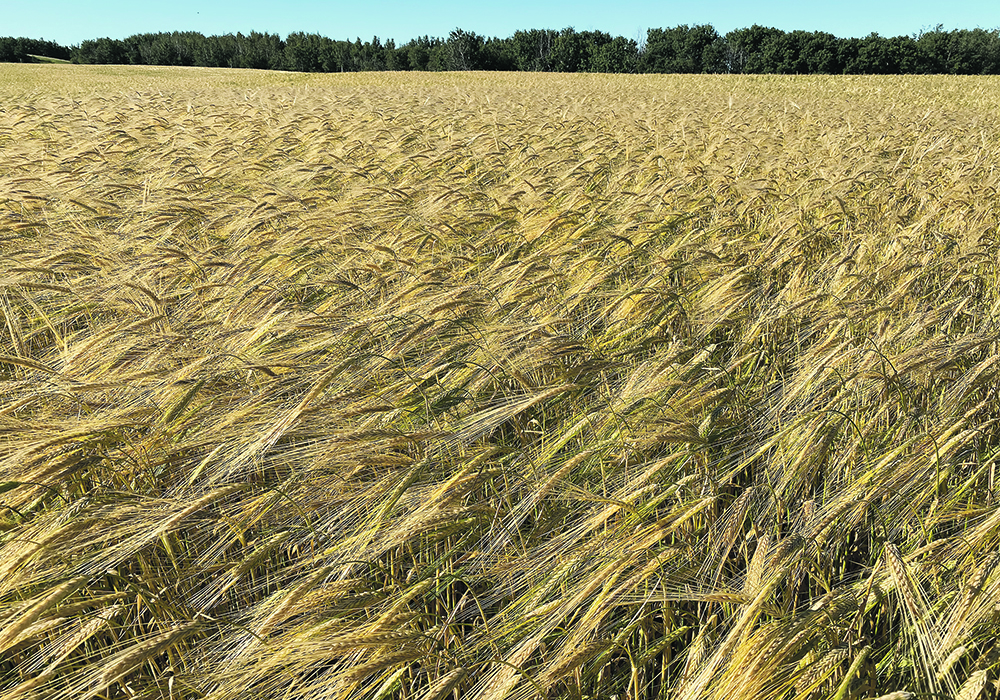Farmer input is encouraged as seed variety development regulations are updated to recognize the needs of both producers and the market
A steady stream of better crop varieties designed for Canadian farmers is essential for success in world markets, requiring a careful balancing act as the country updates its seed regulations.
“One of the things that many people are stressing is that any decisions need to be science based and not politically or socially driven,” Erin Armstrong says about the international discussions around new breeding technologies such as CRISPR gene editing.
Canada is in the midst of a seed modernization initiative led by the Canadian Food Inspection Agency. Aimed at updating the Seeds Act and accompanying regulations as well as Plant Breeders Rights, it is set for completion in 2022.
Read Also

Short rapeseed crop may put China in a bind
Industry thinks China’s rapeseed crop is way smaller than the official government estimate. The country’s canola imports will also be down, so there will be a lot of unmet demand.
“This will be the first comprehensive review of the seed regs since the 1980s,” said Armstrong, executive director of the Barley Council of Canada. “It’s been quite a while since this has been undertaken.”
Armstrong has long worked in the space between plant breeders and regulatory authorities. Besides her leadership role with the barley council, she also represents the group at the Canada Grains Council board and has sat on the board of the Canadian Seed Trade Association and chaired the federal minister’s advisory committee to the commissioner of the Plant Breeders’ Rights Office.
She said one challenge facing regulators is to come up with rules that encourage innovation while harmonizing with international markets.
“If there are different systems adopted in different parts of the world, in particular in key markets for Canadian crops, market disruption is almost guaranteed,” Armstrong said.
Plant breeding has changed considerably since the 1980s. Tools such as genetic modification, rapid generational advancement and marker-assisted selection are just a few examples of technologies to be considered. But Armstrong stresses part of the task is to streamline regulations and remove those that are no longer needed.
For example, the current system has three tiers of evaluation that in some cases could be overkill.
“These performance requirements were originally established to protect farmers from substandard varieties. So, do farmers need or want this protection in today’s world? Are they OK making decisions if they have access to reliable data that’s relevant to their farms?”
This underlines the need to get input from farmers, researchers, and industry.
“One thing I wanted to stress is once that consultation is launched, anyone who wants to provide some input will have that opportunity,” Armstrong said.
Producer commissions will be involved in the process. She encouraged farmers to talk to these groups to ensure their voices are heard.
A key consideration is that regulations come with costs, and these costs have consequences. If regulatory hurdles are too high, it might make innovation too expensive, especially for small crops. If these hurdles are higher than those of competing countries, it could drive investment elsewhere.
As the world’s population grows, the pressure on agriculture to produce more food sustainably will become greater. Farmers are harnessing the latest satellite, data processing, and robotics technologies to conduct precision agriculture. But the technology surrounding what goes in the ground — seeds — remains key.
“At the end of the day, we all want the same thing. We want safe, nutritious, affordable, sustainably produced food,” Armstrong said, adding that demand for crops for non-food uses is also increasing.
“Farmers need access to improved varieties in order to deliver these crops.”















